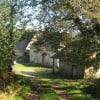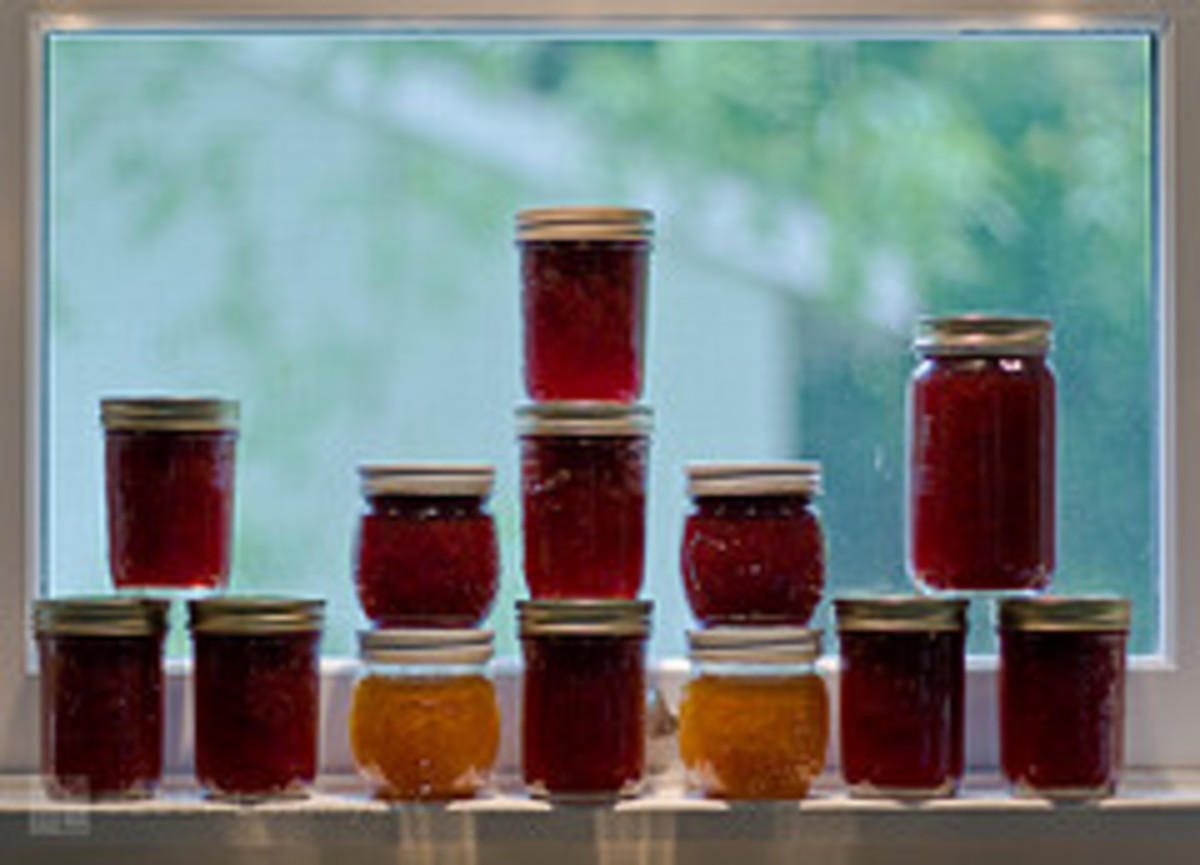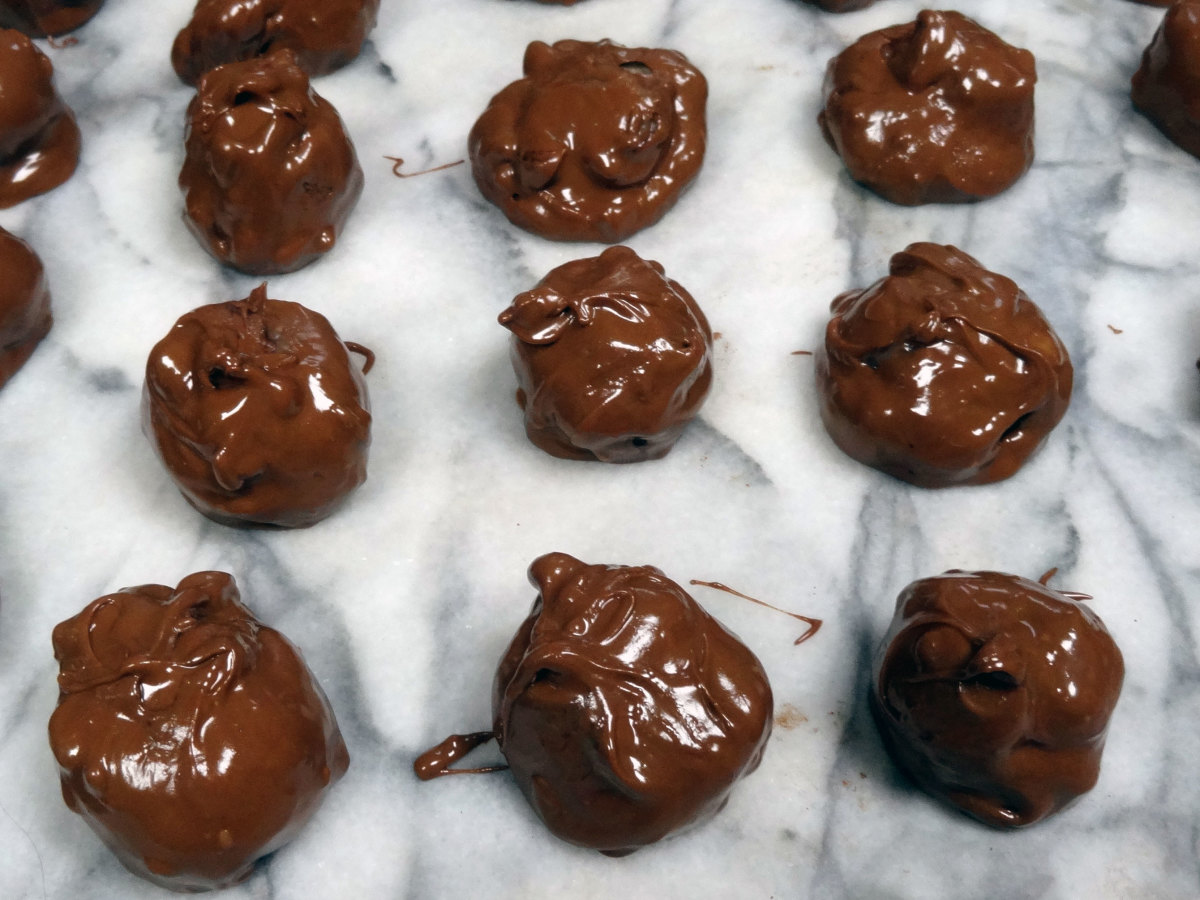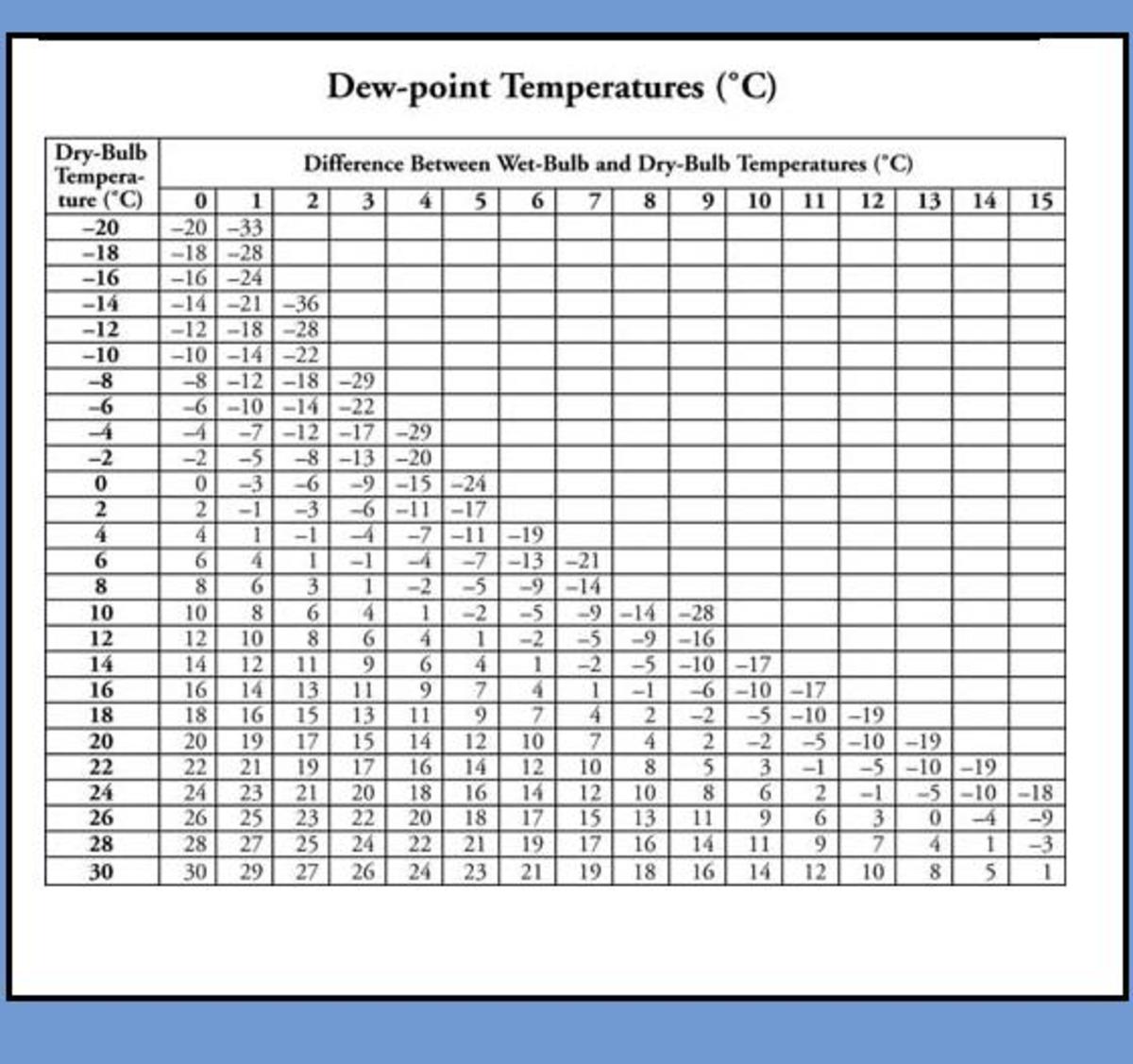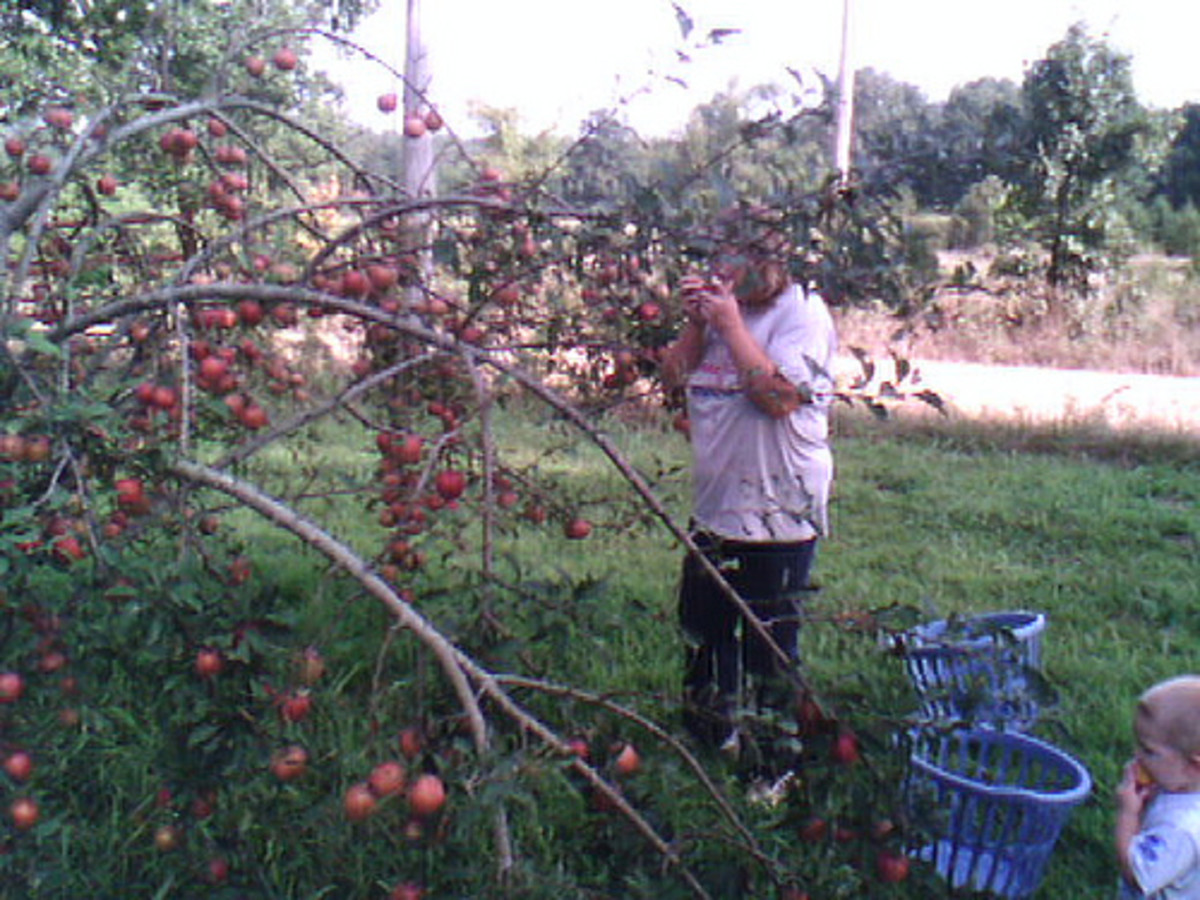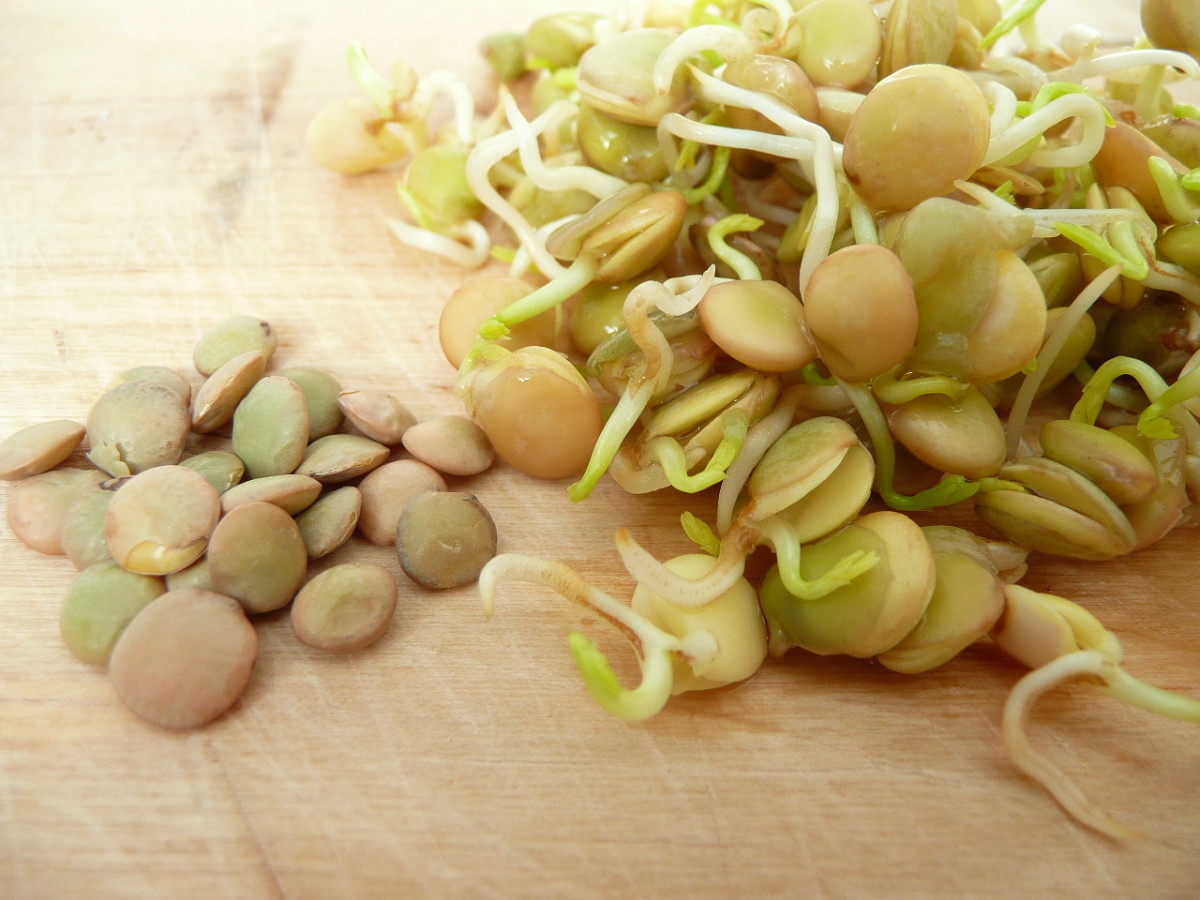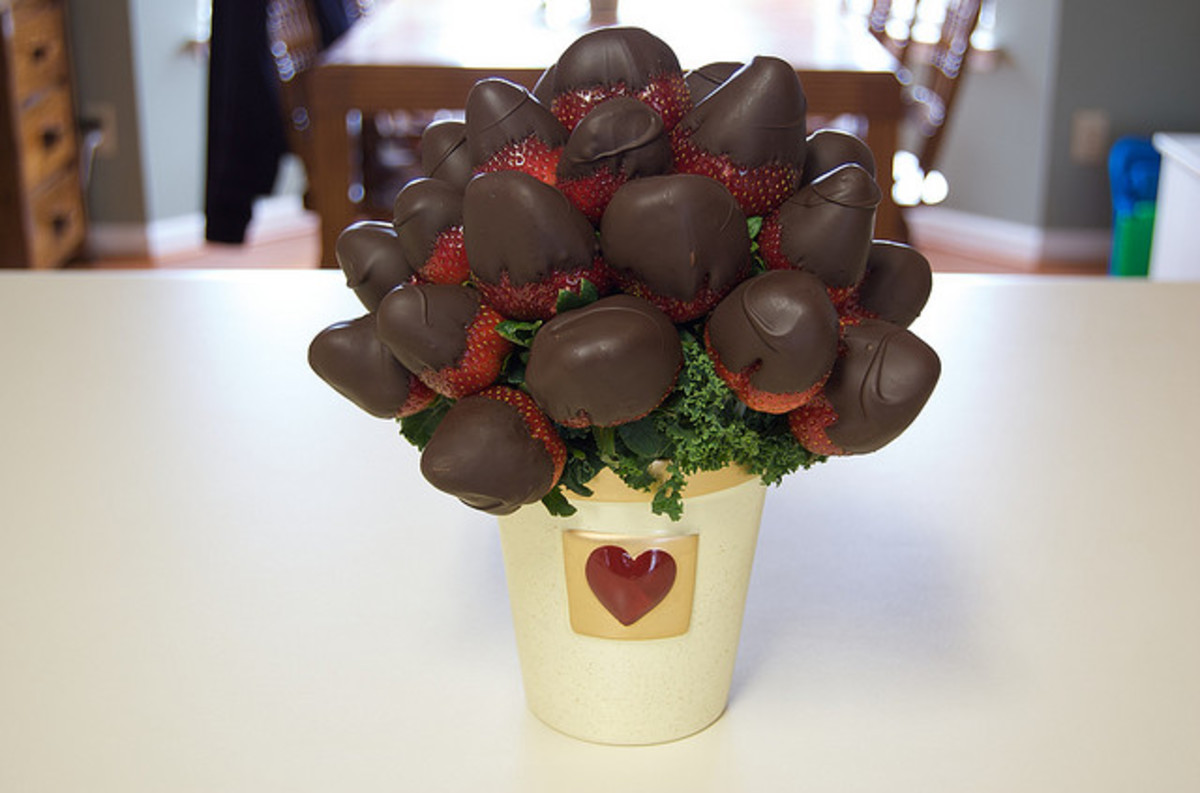How To Find the Setting Point in Jam Making
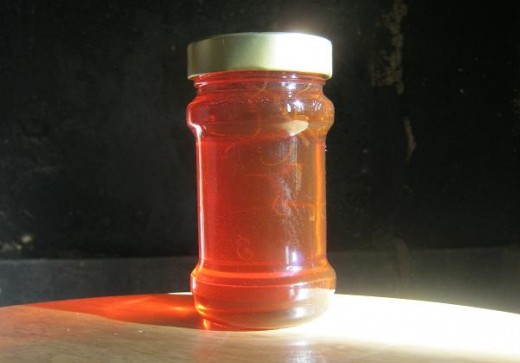
Did this article help you with your jam making?
How to find the setting point in jam making
How to make jam set or how to find the setting point of a jam or jelly is, I think, the most difficult part of jam making at home.
I don't really think you can 'make jam set', it's more about following a good recipe and catching that all-important setting time.
If you stop it boiling your jam or jelly too early it will not have reached setting point - too late and it will have passed the point and will never set. Often I succeed but sometimes I fail, so how exactly do you find that all important jam setting point?
How to make jam set?
How do you make jam set? Every year I try my hand at a wide variety of jams and jellies, but the thing that I find hardest is how to recognise the setting point of the jam.
Sometimes it's because I get distracted and come back to a thick syrup, but other times I test and check and watch the jam pan like a hawk - and fail. So this article is aimed at getting all the information that you and I need to make that jam set.
Having said that, it isn't really possible to make the jam set. It is more about ensuring that the correct ingredients are used so that there is enough setting agent to allow the jam to set, and secondly to achieve and recognize the setting point of jam.
Ways of finding jam setting point
- Use a jam thermometer to check the temperature
- Use the wrinkle method
- Use the drop method
- The weight method
I'm going to invest in a jam making thermometer
Check temperature with a jam thermometer
I've managed for many years without buying a jam thermometer - why? Just look at the price! Why did I stress myself out over the setting point of my jams and jellies without trying a jam making (or sugar) thermometer?
Jam sets at around 220°F - 222°F and jelly sets at 220°F - 221°F
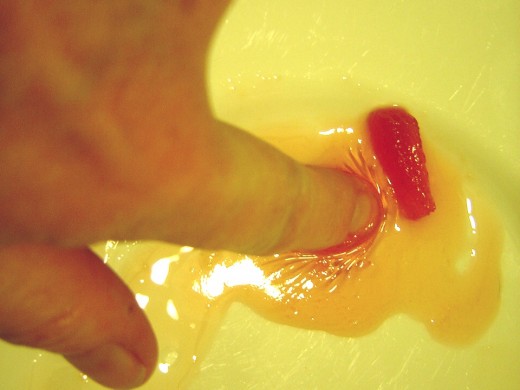
The wrinkle test
When you begin to boil the jam or jelly, put a few small plates into the fridge to cool. When the the setting time arrives, according to the recipe, turn off the heat on the jam, put a little jam onto the cold plate, put it into the fridge for a minute or so to cool and then push a finger through the jam. If your finger or spoon leaves a clear path and wrinkles slightly then the jam has reached setting point.
Drop or flake forming test
Dip a wooden spoon into the jam, allow to cool and hold the spoon horizontally. If it hang in a firm drop or flake - it has reached setting point.
I haven't tried this but it seems simple.
The weight test
I have never tried this and I'm not sure that it's really doable if you are making large quantities of jam unless you have very large and accurate scales. I'm including it just in case you find it useful.
Take a look at the table below which shows the yield of jam that you would expect from quantity of sugar. the weighing method involves weighing the pan with sugar and fruit before you start cooking. Then, when you want to test the setting point, weigh again. Take the weight of th pan from the total weight and if it is above the yield weight below, the jam needs to be boiled a bit longer.
The weight test
Weight of sugar
| Yield of jam or jelly
| |
|---|---|---|
1 lb
| 1 2/3 lb
| |
3 lb
| 5
| |
4 lb
| 6 2/3 lb
| |
5lb
| 8 1/3 lb
|
And the simplest test of all ....
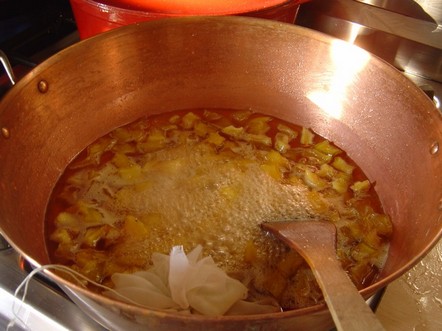
Why make jam and jelly anyway?
Why make jam and jelly in this day and age? Can't you just buy it from the supermarket? Well, yes you can, but you can't so easily or cheaply buy a really good quality, homemade jam or jelly. This is why.
Homemade jam, jelly, pickles and chutney conserves garden and wild fruits and vegetables. I live in the heart of rural France and in our large farmhouse gardens and in the fields and hedgerows all around we have such an abundance of fruits and vegetables for most of the year that it's impossible to eat them all fresh - although we try our best! So how do you preserve your fruits during the glutes to enjoy later when fresh fruit and vegetables are more scarce? We freeze ours, we make fruit gins, we pickle some, preserve them in alcohol and we make jam, jelly and chutney.
Nothing beats homemade jams and jellies. You get the full taste, more natural fruits full of sunshine, vitamins and goodness and without all those pesticides and fertilizers. Fruit gathered in season will be cheap or even free and you can make conserves that you can't buy in the shops. I love to brows through my grandmothers cookbooks and find all the crazy but fabulous recipes for jellies, jams and chutneys. They make great Thanksgiving, Christmas and New Year gifts too.
Jam and jelly making uses sesonal fruit gluts
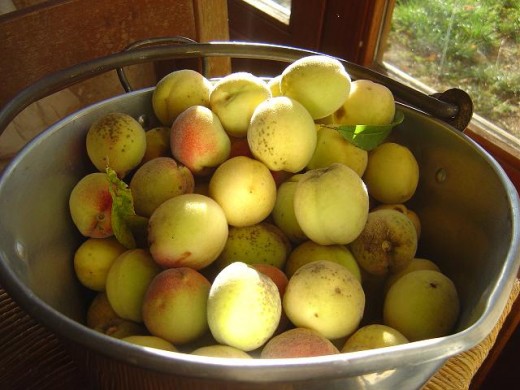
Sweet cherries are one of the fruits that don't set well
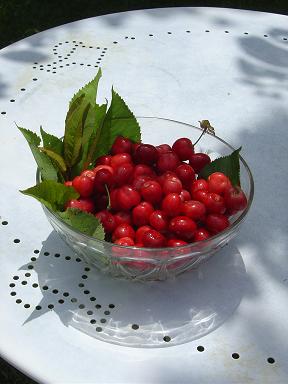
Why do some fruits set more easily than others?
How easily fruit jams and jellies set depends on how much natural pectin the fruits contain as the setting of jam is achieved by a combination of pectin and sugar.
Pectin occurs naturally in fruit but some fruits have a high pectin content and others have low pectin. Ripe and sweet fruit tend to have lower pectin than sour or unripe / early fruits. (See the table below for a guide to the pectin content of fruits but beware - some, like peaches, appear on low and high pectin lists).
In jams made with fruits that do not set well, more fruit is needed in relation to sugar. You can also add pectin by adding bought pectin, or an acid but commercial pectin needs higher levels of sugar. Green apples, lemons and citrus rinds or redcurrants are added to jam to make it set.
Fruit and vegetable pectin content
Fruit with high pectin
| Fruit with low pectin
| Fruit with medium pectin
|
|---|---|---|
This fruit sets easily
| This fruit may require pectin or acid to set
| |
cranberries
| Strawberries
| Sloes
|
Cherries
| Blackberries (early)
| |
oranges and grapefruit
| peaches
| Greengages
|
apples and crab apples
| rhubarb
| Mulberries
|
black and red currants
| raspberries
| Raspberries
|
quinces
| sweet cherries
| |
gooseberries
| pears
| |
plums
| nectarines
| |
Carrots
| blueberries
| |
sour cherries
| table grapes
| |
pomegranates
| pineapples,
| |
melons
| apricots
| |
pomegranates
| kiwis,
| |
guavas
| figs
|
Pectin content test
How to find out if your fruit is high in pectin: drop half a teaspoonful of the fruit juice into a little methylated spirits or rubbing alcohol with 70% ethyl alcohol in content. If the juice forms a jelly like ball or blob, then it is a high pectin fruit. If the juice stays liquid then the pectin is low.
The role of sugar in making jam set
To help your jam set you can try using jam sugar (which has added pectin and should not be confused with preserving sugar) but I don't like to do this because, in France at least, it is considerably more expensive than ordinary jam. I'd rather add lemons to my jam and keep it natural. Lemons also make it less sweet.
So what is preserving sugar? Preserving sugar doesn't contain pectin or setting agents. It also dissolves more slowly than ordinary chrystal sugar and this reduces the chance of burning. Impurities rise to the top of the jam easily so that you can skimm them off giving a nice, clear jam or jelly.
I've read that brown sugar gives the jam a delicious taste, but I've never used it myself - again because of the cost. Brown sugar also has the drawback of not giving the jam such a good set.
Jam and jelly recipes from Les Trois Chenes
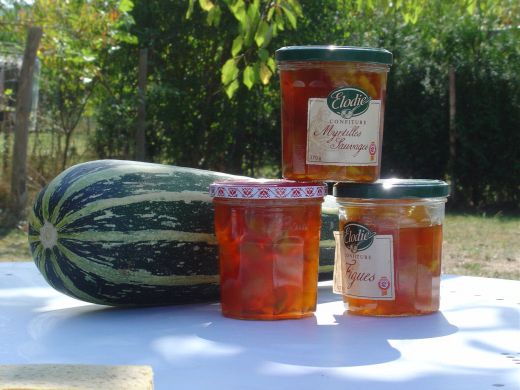
My jam and jelly recipes and articles
- Medlar Jelly Recipe
Easy, step-by-step medlar jelly recipe instructions with illustrations. Medlars are back in fashion and medlar jellies are delicious conserves to eat with sweet and savory dishes. - How to Make Peach Jam
Peach jam is a wonderful way to use that autumn glut of fruit. This delicious preserve is easy to make following this step by step illustrated guide. - How to Make Marrow and Ginger jam
Marrow and ginger jam is a delicious way to use up all those overgrown courgettes. An old fashioned, traditional conserve recipe but well worth the effort. - How to Make Medlar Jam - medlar cheese recipe
This Medlar jam recipe makes a wonderfully special and spicy Medlar cheese which is perfect for Christmas breakfasts (we serve this jam in our bed and breakfast near Rochechouart, S W France.) The Common Medlar (Mespilus germanica) is an old fashione - Jam Making Equipment
Why do I need jam making equipment? Why should I make jam and jelly? There's nothing like home made jam and jelly, especially if you use fruits and vegetables from the garden or pick them from the wild. Take advantage of that autumn glut of cheap and
More homemade jelly and jam making tips
- High and Low Pectin Fruits
Which fruits are high or low pectin, and how that affects turning them into jams and jellies. - BBC - Food - Jam recipes
Got a glut of seasonal fruit? Try one of our step-by-step jam recipes. - 10 Tips for Jam, Jelly and Marmalade Making.
10 tips for making perfect jam, jelly and marmalade. - How do I know if my jam has reached setting point | Kitchen Queries | Nigella Lawson
I've had a go at making jam just a couple of times but have never known if what I'm boiling has reached setting point. Resulting preserves have been too liquid.…
Buy and personalize jam labels
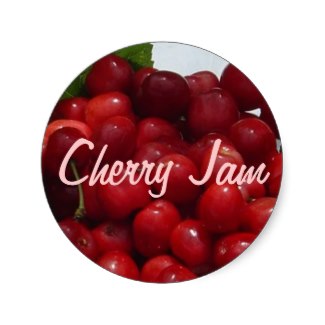
© 2014 Les Trois Chenes
